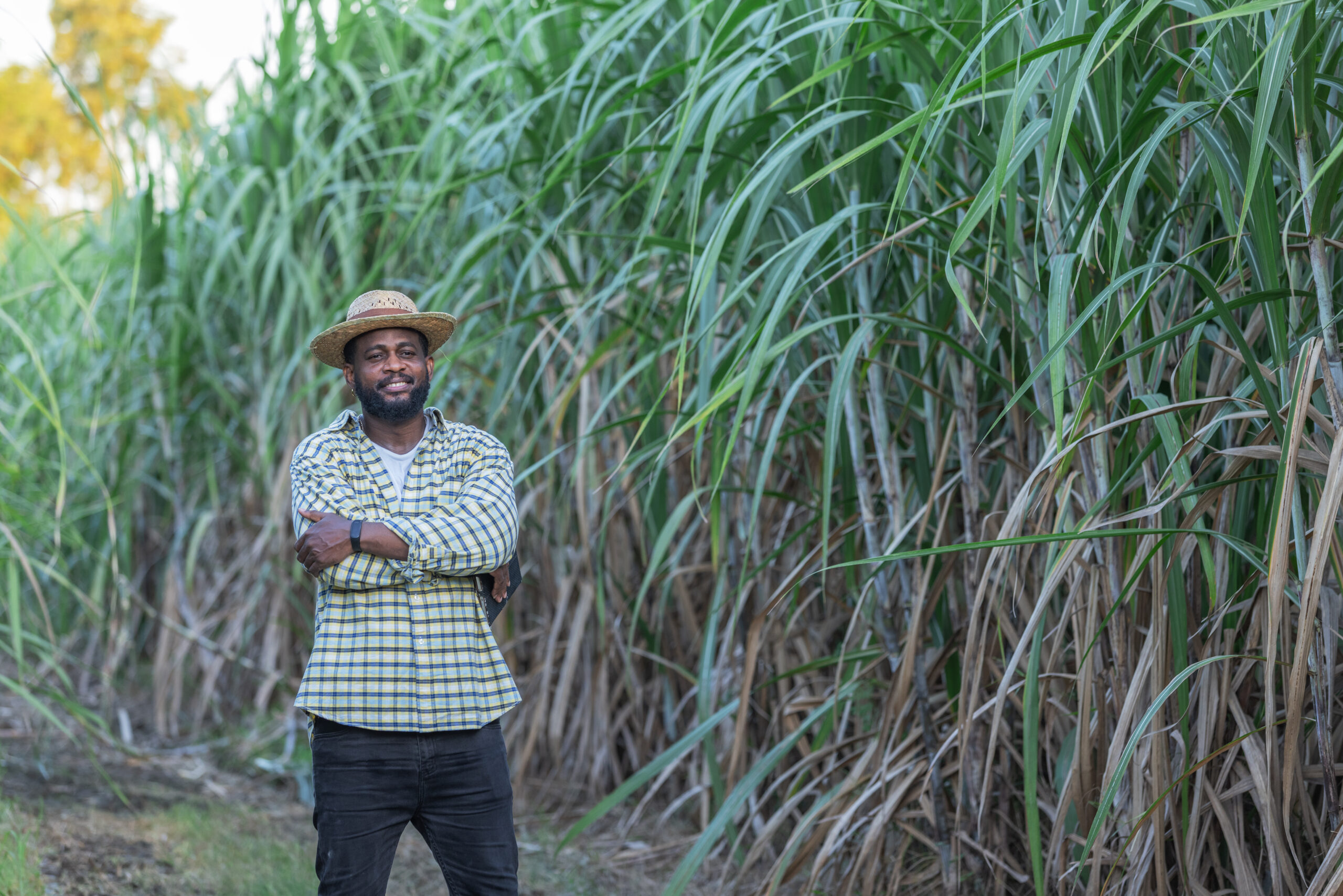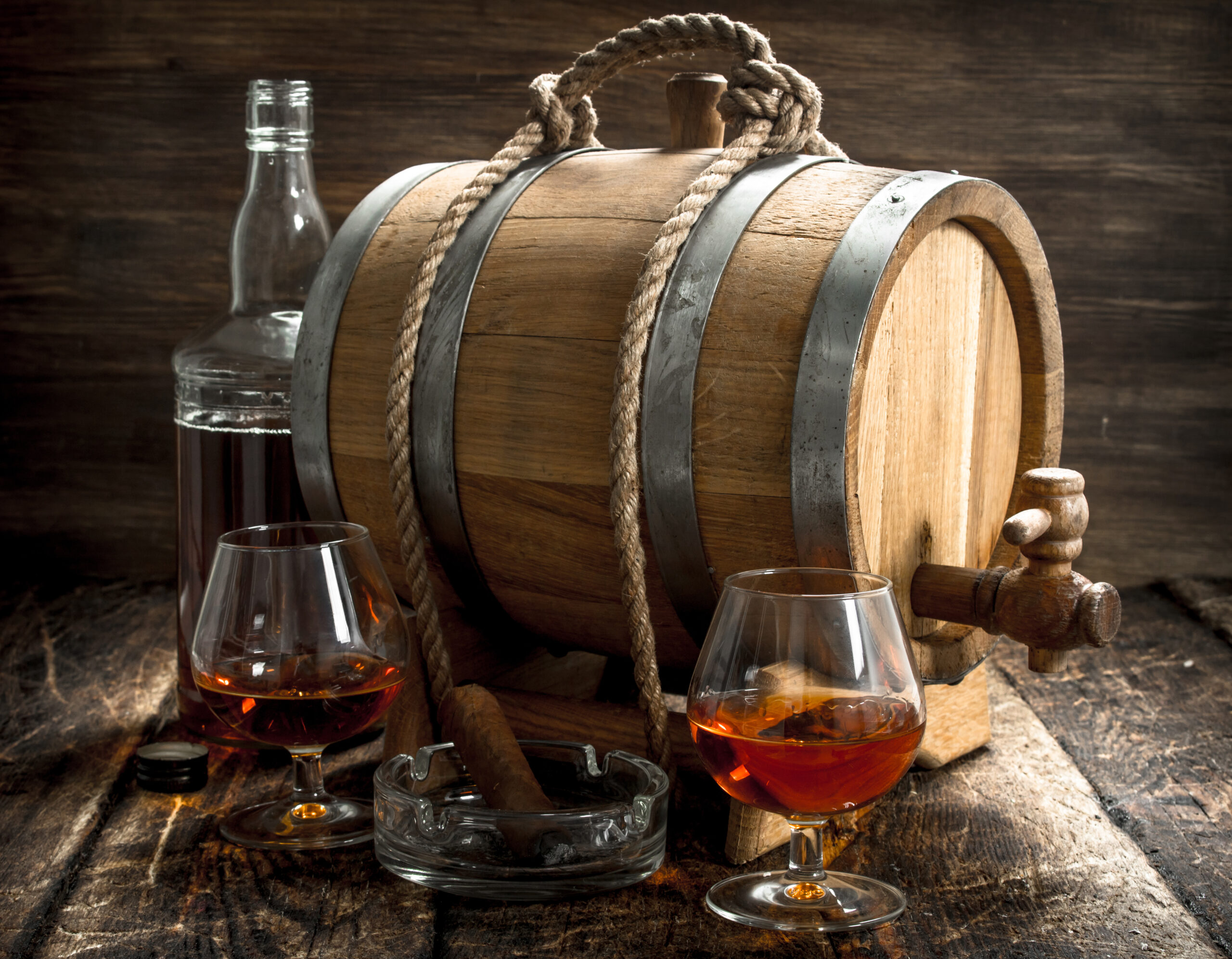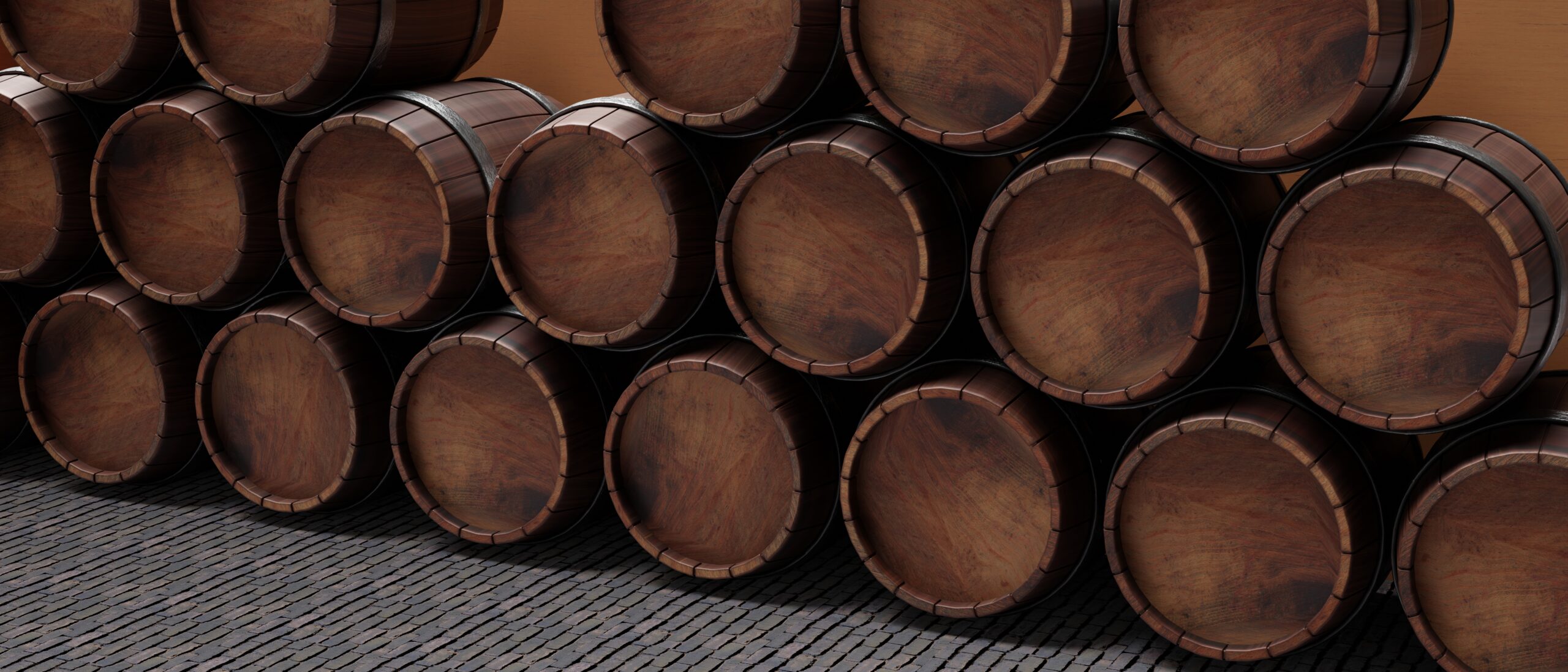“The production of rum is not just about distilling sugarcane; it’s about distilling the history, culture, and soul of the Caribbean.”
- Ian Burrell, Global Rum Ambassador
The Caribbean is a region synonymous with vibrant culture, breathtaking landscapes, and a rich history. Among its many treasures, Caribbean rum stands out as one of the most iconic and enduring symbols of the Caribbean. From its origins in the sugarcane fields to its role in global trade, Rum has profoundly shaped the Caribbean’s economy, culture, and identity.
This blog explores how Rum became a cornerstone of Caribbean life, driving economic growth, fostering cultural traditions, and embodying the resilience of the region’s people. Through the lens of The Caribbean , we uncover a story of innovation, struggle, and triumph that continues to resonate today. Additionally, we’ll delve into the rise of the best rum in the high-end rum market and how the premium rum market is redefining the global perception of this storied spirit.
The Origins of Caribbean Rum
The story of Rum begins with sugarcane, a crop introduced to the Caribbean by European colonizers in the 17th century. Sugarcane thrived in the region’s tropical climate, and its cultivation quickly became the backbone of the Caribbean economy. However, it was the byproduct of sugar production molasses that gave birth to rum. Plantation workers discovered that fermenting and distilling molasses produced a potent and flavorful spirit, which they called rum.
The production of Caribbean rum was initially a small-scale operation, but it soon grew into a major industry. Distilleries sprang up across the Caribbean, and Rum became a staple of daily life. It was consumed by enslaved workers, traded with neighboring islands, and exported to Europe and North America. The rise of Caribbean rum marked the beginning of a new era for the Caribbean, one that would see the region become a global hub for spirits production.
Caribbean Rum and the Caribbean Economy
The economic impact of rum on the region cannot be overstated. During the colonial era, rum was a key driver of the economy, generating substantial wealth for plantation owners, merchants, and colonial powers. The production of rum was intrinsically linked to the sugar industry, which by the late 18th century produced over 600,000 gallons of rum annually. However, this economic boom came at a great human cost, as it was sustained by the labor of over 1 million enslaved Africans. (Source: National Archives UK)
Caribbean rum also played a central role in global trade, becoming a key commodity in the triangular trade. By the mid-1700s, the region was exporting 4.5 million gallons of rum per year, with profits fueling the fortunes of European powers. Today, rum production contributes over $1 billion annually to the Caribbean GDP, supporting more than 50,000 jobs across distilleries, logistics, and tourism. (Source: Caribbean Rum & Spirits Producers Association).
The economic impact of rum on the region cannot be overstated. During the colonial era, rum production was a primary economic driver, generating substantial wealth through its integration with the sugar industry. Today, the rum industry contributes significantly to the region’s GDP, with global rum sales projected to reach $16.7 billion by 2027 (Source: Statista). This growth presents an exceptional investment opportunity as premium rum gains traction in international markets.
The Cultural Significance of Caribbean Rum
Beyond its economic impact, rum has deep cultural significance in the region. It is more than just a drink; it is a symbol of Caribbean identity and heritage. Rum features prominently in festivals, rituals, and daily life, embodying the spirit of the Caribbean people.
For instance, rum festivals attract more than 500,000 international visitors annually, boosting tourism revenue by over $250 million. (Source: Caribbean Tourism Organization) Events like the annual Rum Festival and the Crop Over Festival are vibrant showcases of history, music, and the craftsmanship behind the spirit.
Caribbean rum is also a key ingredient in many traditional Caribbean dishes and cocktails. Classics like the Mojito, Piña Colada, and Rum Punch remain global favorites, with the Caribbean exporting over 150 million liters of rum each year. (Source: World Trade Organization) The art of rum-making is passed down through generations, preserving the craftsmanship that makes rum unique.
The Rise of the Best Caribbean Rum in the High-End Rum Market
In recent years, there has been a growing appreciation for the best rum in the high-end rum market. As consumers become more discerning, they are seeking out premium spirits that offer exceptional quality and unique flavors. This shift has created new opportunities for Caribbean distilleries to showcase their craftsmanship and elevate rum to new heights.
The premium rum market is characterized by aged rums, small-batch productions, and artisanal techniques. Distilleries in the Caribbean are leveraging their rich heritage and expertise to produce some of the best rum in the world. Brands like Appleton Estate from Jamaica, Mount Gay from Barbados, and Ron del Barrilito from Puerto Rico have gained international acclaim for their premium offerings.
The high-end rum market is not just about taste; it is also about storytelling. Consumers are drawn to the history and tradition behind each bottle of rum. By emphasizing their unique terroir, aging processes, and cultural significance, Caribbean distilleries are able to command higher prices and attract a loyal following of rum enthusiasts.
The global rum sales exceeded $16 billion in 2023, with the Caribbean contributing over 40% of the world’s premium rum supply, This isn’t just growth; it’s a testament to the Caribbean’s unrivaled potential to dominate the high-end spirits market.
Premium rum is rapidly gaining ground in the high-end spirits market. With sales of aged and small-batch rums increasing by 23% annually (Source: IWSR Drinks Market Analysis), Caribbean distilleries are poised for unprecedented growth. The combination of heritage, craftsmanship, and premium positioning makes this sector particularly attractive for forward-thinking investors.
The Premium Rum Market and Its Global Impact
The premium rum market is reshaping the global perception of Caribbean rum. Once seen as a cheap, mass-produced spirit, rum is now being recognized as a sophisticated and luxurious product. This transformation is driven by the demand for high-quality, artisanal spirits that offer a unique and authentic experience.
The premium rum market has also opened up new opportunities for innovation and collaboration. Caribbean distilleries are experimenting with different aging techniques, blending methods, and flavor profiles to create rums that stand out in a competitive market. Collaborations with chefs, mixologists, and other artisans are helping to elevate rum to new levels of excellence.
The global impact of the premium rum market extends beyond the Caribbean. It has sparked a renewed interest in rum culture and history, inspiring consumers to explore the rich traditions of Caribbean rum. This growing appreciation for rum is not only boosting sales but also fostering a deeper connection between consumers and the Caribbean region.
Challenges and Opportunities in the Caribbean Rum Industry
While the premium rum market presents exciting opportunities, the rum industry also faces significant challenges. One of the biggest challenges is competition from other rum-producing regions and spirits like whiskey and vodka. To remain competitive, Caribbean distilleries must continue to innovate and differentiate their products.
Another challenge is the need for sustainable practices. The production of rum relies on sugarcane, which can have environmental impacts such as deforestation and water usage. Distilleries are increasingly adopting sustainable farming and production methods to minimize their environmental footprint and appeal to eco-conscious consumers.
Despite these challenges, the future of rum looks bright. The growing demand for premium spirits, coupled with the rich heritage and craftsmanship of Caribbean distilleries, positions Caribbean rum for continued success in the global market.
Caribbean rum is more than just a drink; it is a testament to the resilience, creativity, and spirit of the Caribbean people. From its humble beginnings in the sugarcane fields to its rise in the high-end rum market, rum has shaped the economy, culture, and identity of the Caribbean. As the premium rum market continues to grow, rum is poised to reach new heights, offering consumers around the world a taste of the Caribbean’s rich heritage and tradition. Whether enjoyed in a classic cocktail or sipped neat, Caribbean rum is a celebration of the Caribbean’s past, present, and future





